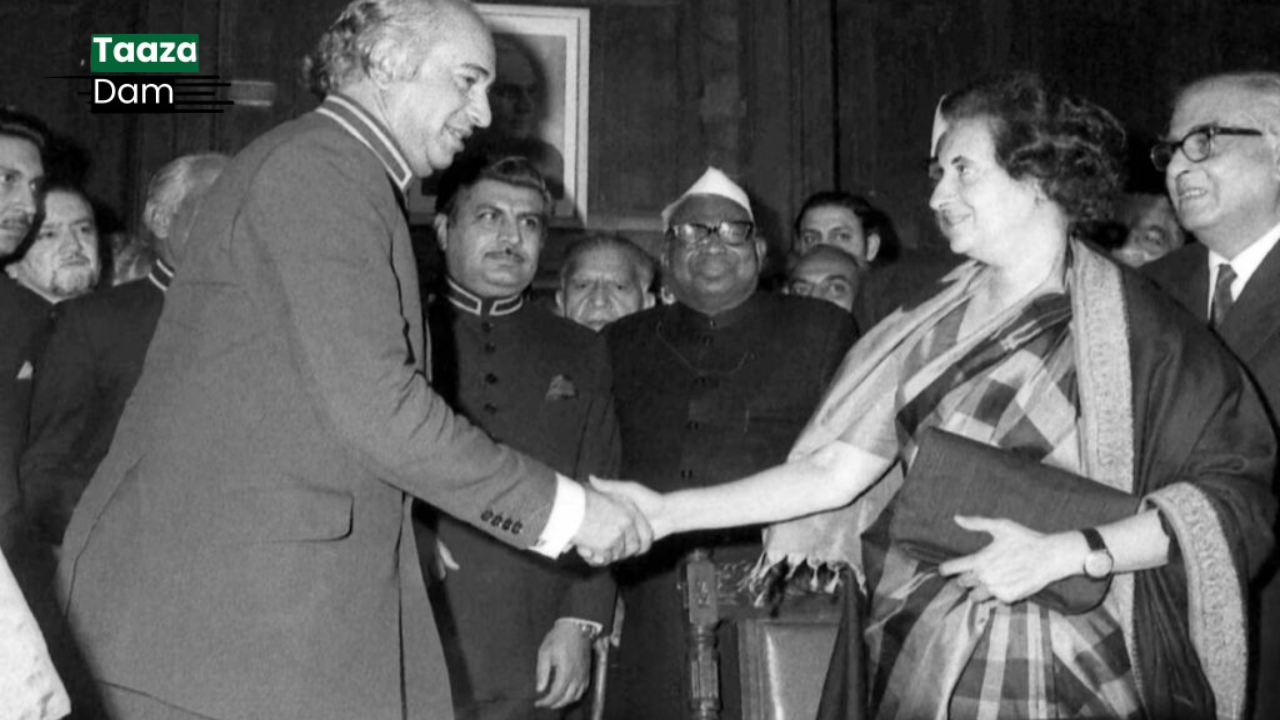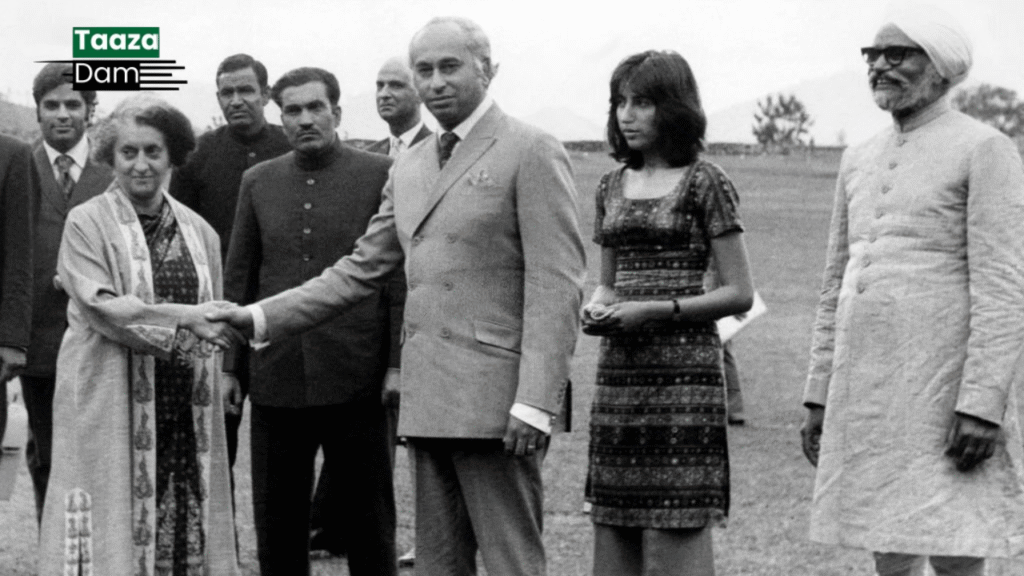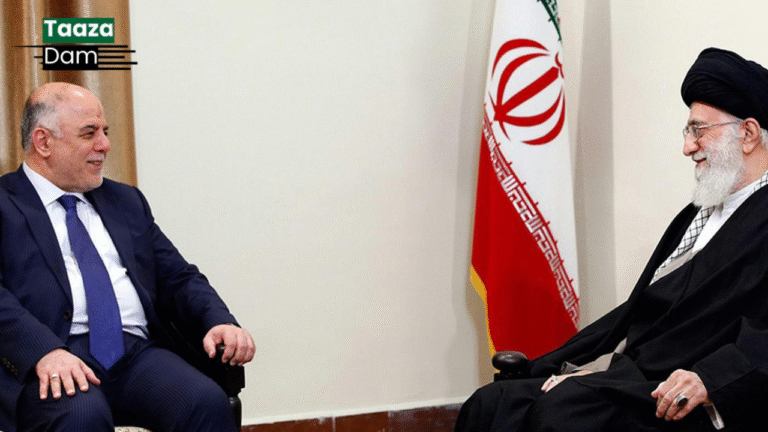Shimla Agreement: A Pivotal Peace Accord Between India and Pakistan

The Shimla Agreement, signed on July 2, 1972, between India and Pakistan, marked a major diplomatic milestone following the Indo-Pakistani War of 1971. Crafted in the scenic city of Shimla, Himachal Pradesh, the accord aimed to lay the foundation for peaceful bilateral relations and regional stability.
Background: The Aftermath of the 1971 War
The 1971 Indo-Pak war led to the creation of Bangladesh, formerly East Pakistan, and ended with Pakistan’s surrender of over 90,000 troops. In this politically charged context, Indian Prime Minister Indira Gandhi and Pakistani President Zulfikar Ali Bhutto met in Shimla to de-escalate tensions and normalize relations.
Key Provisions of the Shimla Agreement
- Peaceful Resolution of Conflicts
Both nations agreed to resolve disputes through bilateral negotiations without resorting to force or third-party mediation. - Line of Control (LoC)
The ceasefire line in Jammu and Kashmir was renamed the Line of Control, with both sides pledging not to alter it unilaterally. - Respect for Sovereignty
Mutual respect for each other’s territorial integrity and sovereignty became a guiding principle. - Return of Prisoners of War (POWs)
India agreed to the release of over 90,000 Pakistani POWs as a gesture of goodwill.
Diplomatic Impact and Relevance

The Shimla Agreement significantly influenced India-Pakistan diplomacy in the decades that followed. It established that Kashmir and other bilateral issues must be settled directly between the two nations, a principle India continues to uphold in international forums.
However, critics argue that the agreement has failed to prevent military conflicts, including the Kargil War (1999) and recurring border skirmishes.
Legacy of the Agreement
While its effectiveness remains debated, the Shimla Agreement remains a cornerstone of South Asian diplomacy. It showcased a brief window of dialogue and compromise in a historically tense relationship.
Conclusion
More than five decades later, the Shimla Agreement relations. Its legacy continues to shape the geopolitical discourse in the subcontinent.






